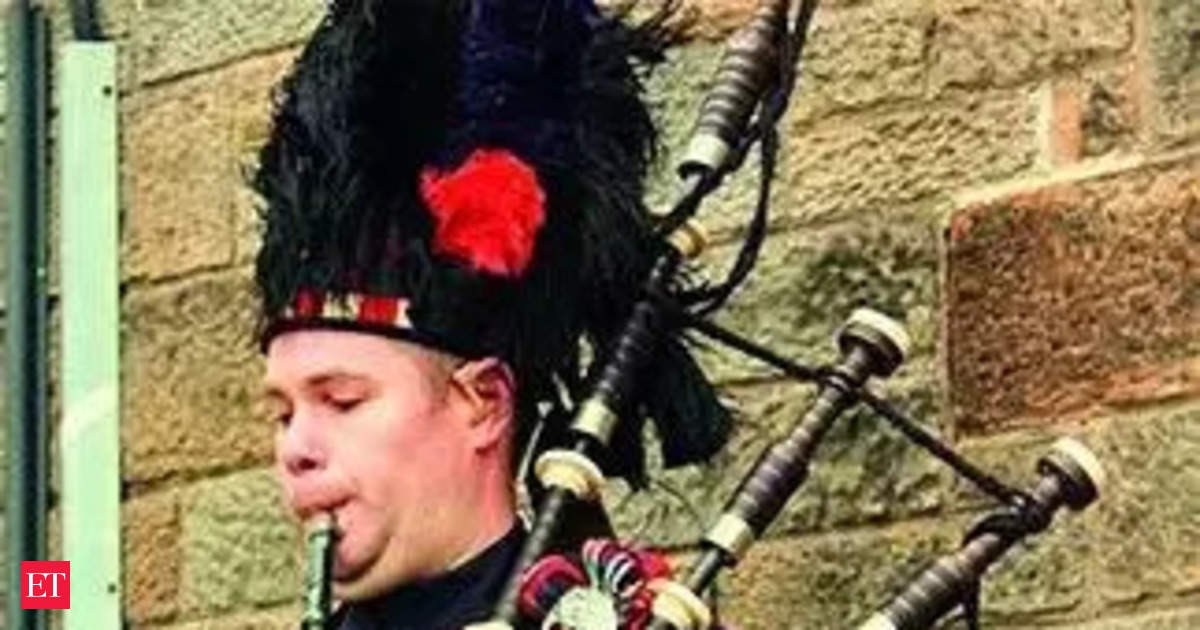World
Handmade bagpipes a dying art in Scotland

But the wind instrument is slowly growing silent as demand dwindles and machine-made bagpipes replace traditionally crafted ones, consigning their use to largely ceremonial occasions.
Just off Edinburgh‘s historic Royal Mile, which sweeps down from the city’s imposing castle to the Palace of Holyroodhouse, is a faded storefront sign for artisan bagpipe maker Kilberry Bagpipes.
Inside, Ruari Black is one of only a few remaining craftsmen in Edinburgh who knows how to make the instrument by hand.
“At Kilberry, we’re one of the last artisan bagpipe makers-certainly in Edinburgh, the capital of Scotland-but probably all around the world,” Black told AFP as he shaped a pipe with a lathe.
“It’s got a big sound, it’ll fill a room,” said Black, describing the nine stages it takes to make the intricate instrument.After boring and shaping the pipes, they are fitted with mounts and ferrules before adding the finishing touches and setting up the components.The whole process takes around a week, with the craftsmen working on multiple bagpipes at the same time.
The finished product has “our distinct sound”, according to Black. “Every set, we’re striving to have that consistency across, to make sure they’re sounding the same.”
Each handmade set also has “its own character, in terms of looks, in terms of feel”, making it attractive to customers from around the world, he added.
The current wait time for an artisan Highland bagpipe is two years on Kilberry’s website.
“Customers are coming to us for a set of handmade pipes, they’re generally coming for the handmade aspect,” Black explained.
“They’re wanting the sound we strive to produce — the thing we want to be known for.”
Clients include experienced pipers as well as newcomers looking to buy their “first practice chanter” — the part of the bagpipe with finger holes, where the melody is played.
While bagpipes have been recorded in Scottish history for some 600 years, the origins remain unclear.
Different variations found around the world include the Irish bagpipe, the Northumbrian smallpipes and the Turkish tulum. In Brittany, northwest France, a band called a bagad is composed of Breton bagpipes, or biniou, and drums.










